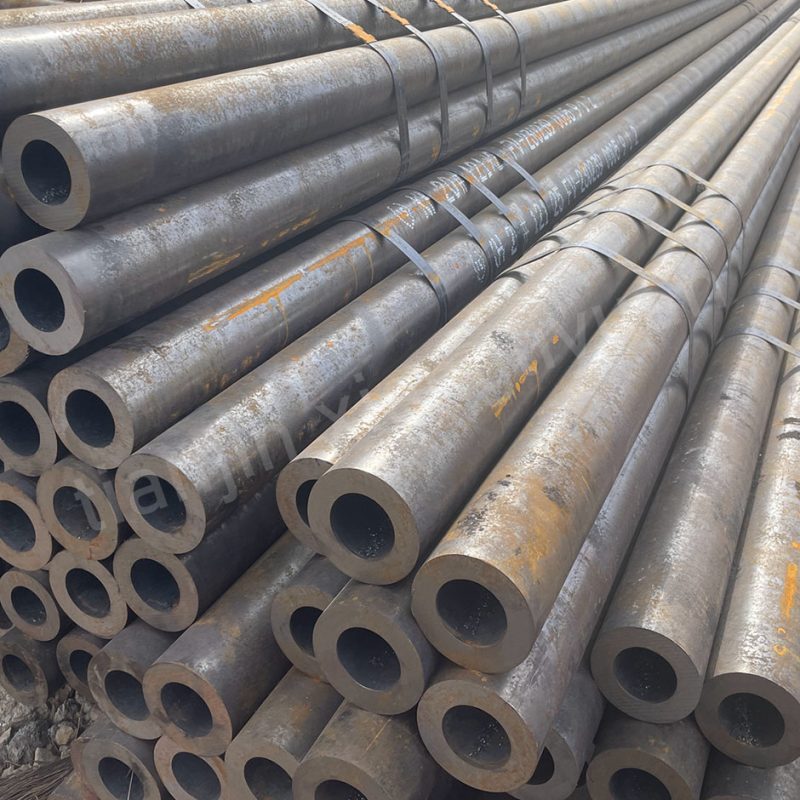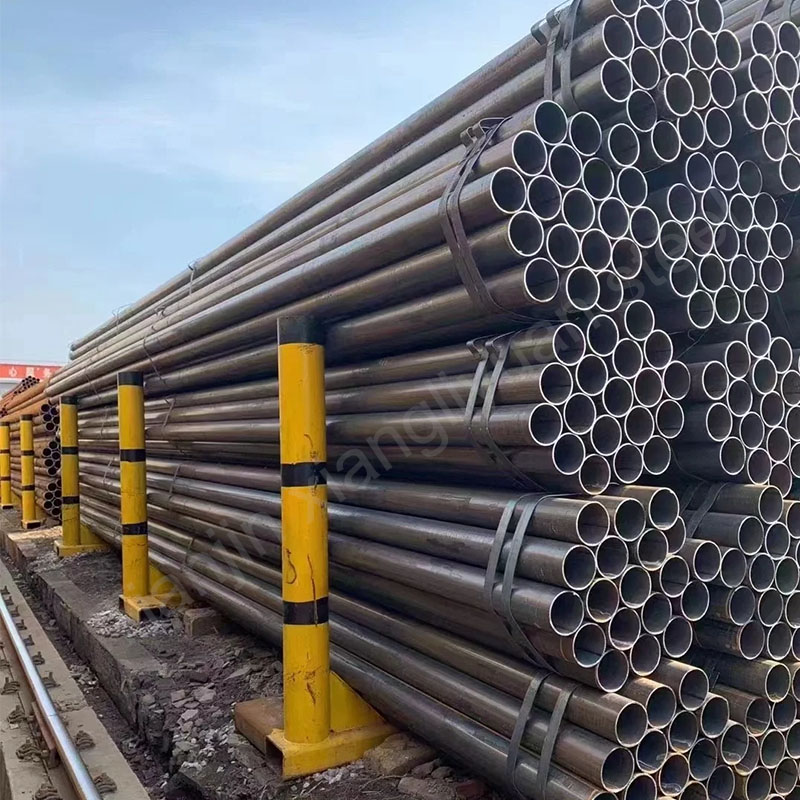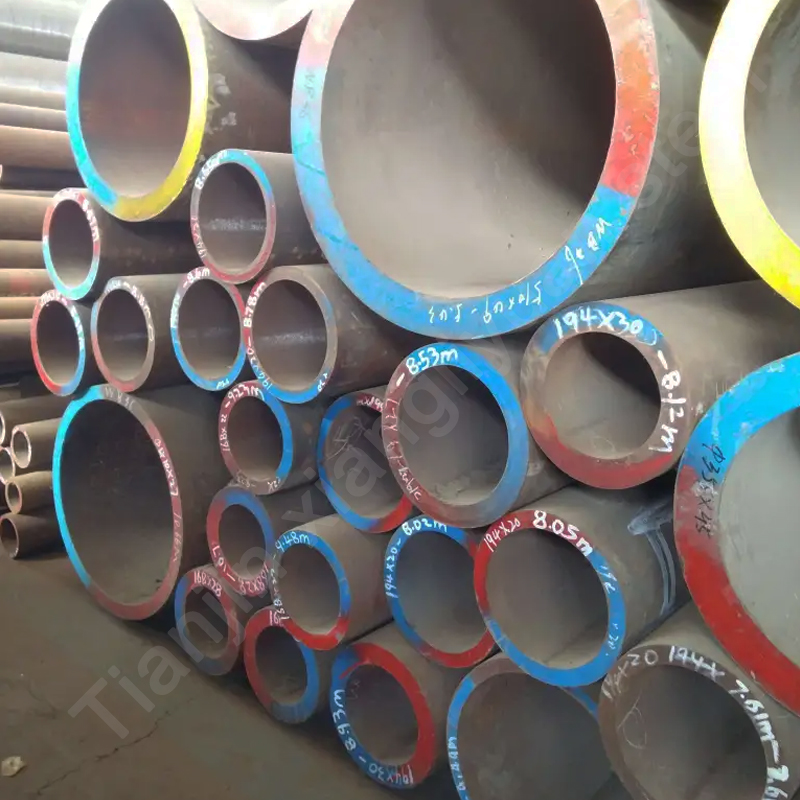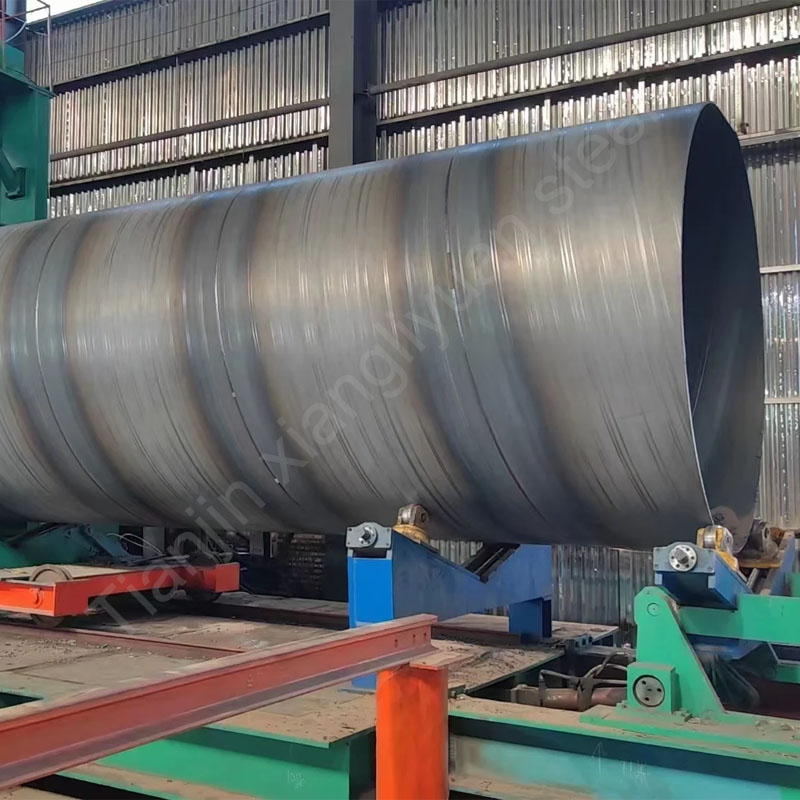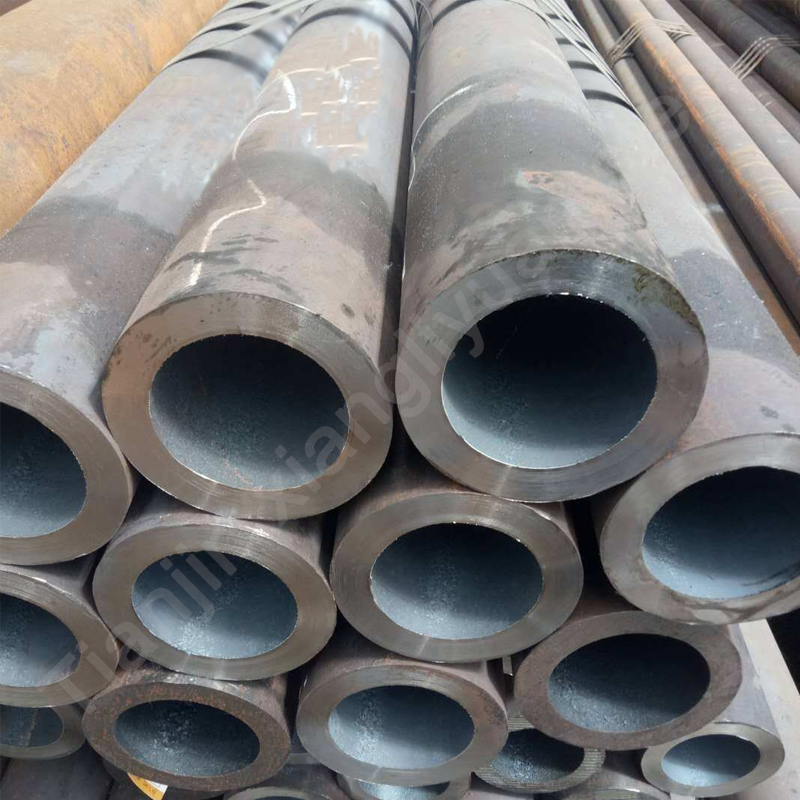Seamless steel pipe is an important industrial material and is widely used in petroleum, natural gas, chemical industry, electric power, shipbuilding, bridge building, military industry and other fields. Its unique properties and diverse uses make it an indispensable part of modern engineering.
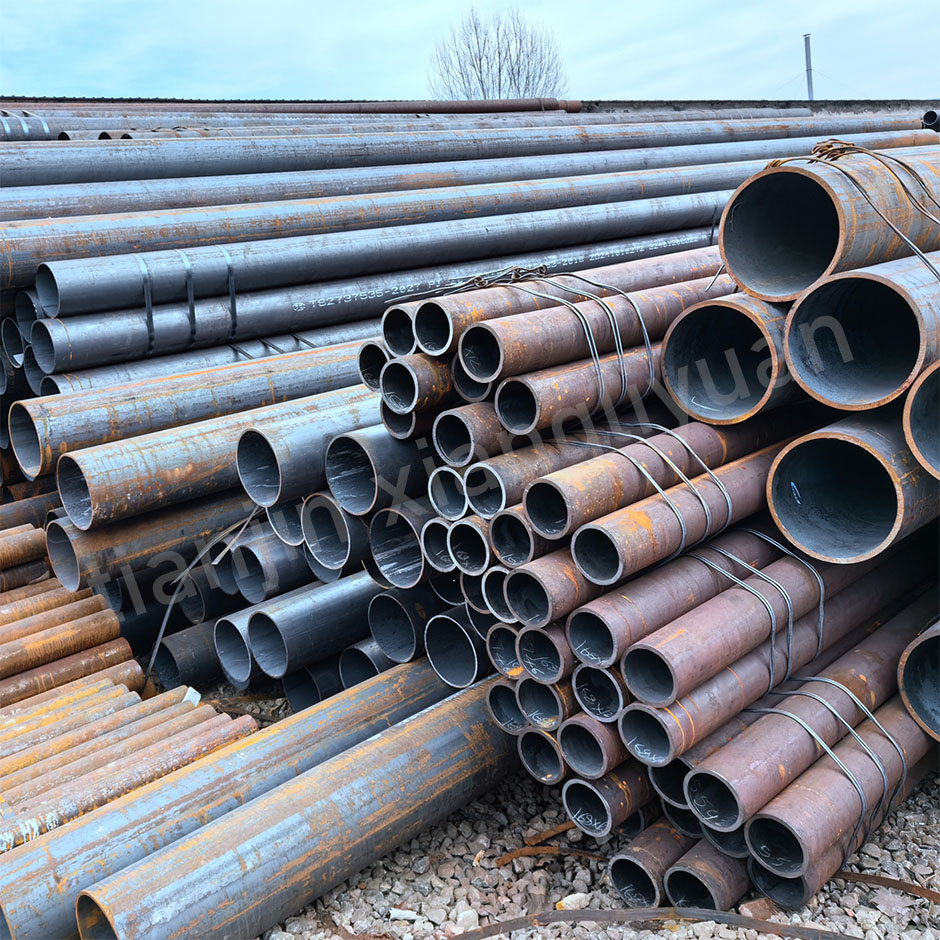
standard
The production and quality of seamless steel pipes are regulated by strict international and industry standards. Some of the main standards include:
ASTM standards: Standards issued by the American Society for Testing and Materials (ASTM), such as ASTM A106, ASTM A53, etc.
API standards: standards issued by the American Petroleum Institute (API), such as API 5L, etc.
GB/T standards: Chinese national standards, such as GB/T 8162, GB/T 8163, etc.
These standards stipulate the requirements for the production process, chemical composition, mechanical properties and other aspects of seamless steel pipes, ensuring the quality and reliability of the products.
Steel number
The steel number of seamless steel pipe is usually an identification composed of the material and chemical composition of the steel pipe, which is used to indicate the quality and performance of the steel pipe. The steel pipe standards in different countries or regions may be different, so the steel grades will also be different. The following are some common seamless steel pipe grades:
Carbon steel: Common carbon steel seamless steel pipe grades include:
ASTM A106/A53: Commonly used in high temperature and high pressure environments, such as boilers, oil and gas pipelines, etc. GB/T 8162/8163: Chinese national standard, suitable for general engineering and structural purposes.
Alloy steel: The steel grade of alloy steel seamless steel pipe usually includes the content and type of alloy elements, such as Cr-Mo alloy steel, Ni-Cr alloy steel, etc. Common standards are:
ASTM A335: Suitable for high temperature and high pressure environments, such as petrochemical, electric power and other fields.
GB/T 5310: Chinese national standard, used for high-pressure boilers and petrochemical equipment, etc.
Stainless steel: The steel grade of stainless steel seamless steel pipe is usually determined according to its main alloy elements, such as 304, 316, etc. Common standards are:
ASTM A312/A213: Suitable for chemical industry, food processing, medicine and other fields.
GB/T 14976/14975: Chinese national standard, used in chemical industry, marine engineering and other fields.
Material
Seamless steel pipes are made of various materials, common ones include:
Mild steel: has good processability and weldability, and is suitable for general low-pressure piping and structural purposes.
Medium carbon steel: It has high strength and hardness and is suitable for manufacturing mechanical parts.
Alloy steel: By adding alloy elements to improve the strength, heat resistance and corrosion resistance of steel pipes, it is suitable for high temperature and high pressure environments and special projects.
Stainless steel: It has good corrosion resistance and is suitable for chemical, marine, pharmaceutical, food processing and other fields.
application
Seamless steel pipes are widely used in various fields, including:
Oil and natural gas pipelines: used to transport crude oil, natural gas and other liquids or gases.
Chemical pipelines: used for transportation and processing in chemical production.
Heating pipes: used in heating systems and heating facilities.
Structural piping: used in structural projects such as buildings, bridges, ships, etc.
Machinery manufacturing: used to manufacture mechanical parts, automobile parts, etc.
In general, seamless steel pipes play an important role in modern engineering. Its diverse materials and specifications meet the needs of different industries and provide reliable support and guarantee for engineering construction.

